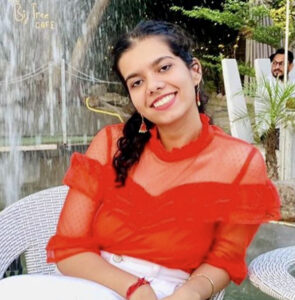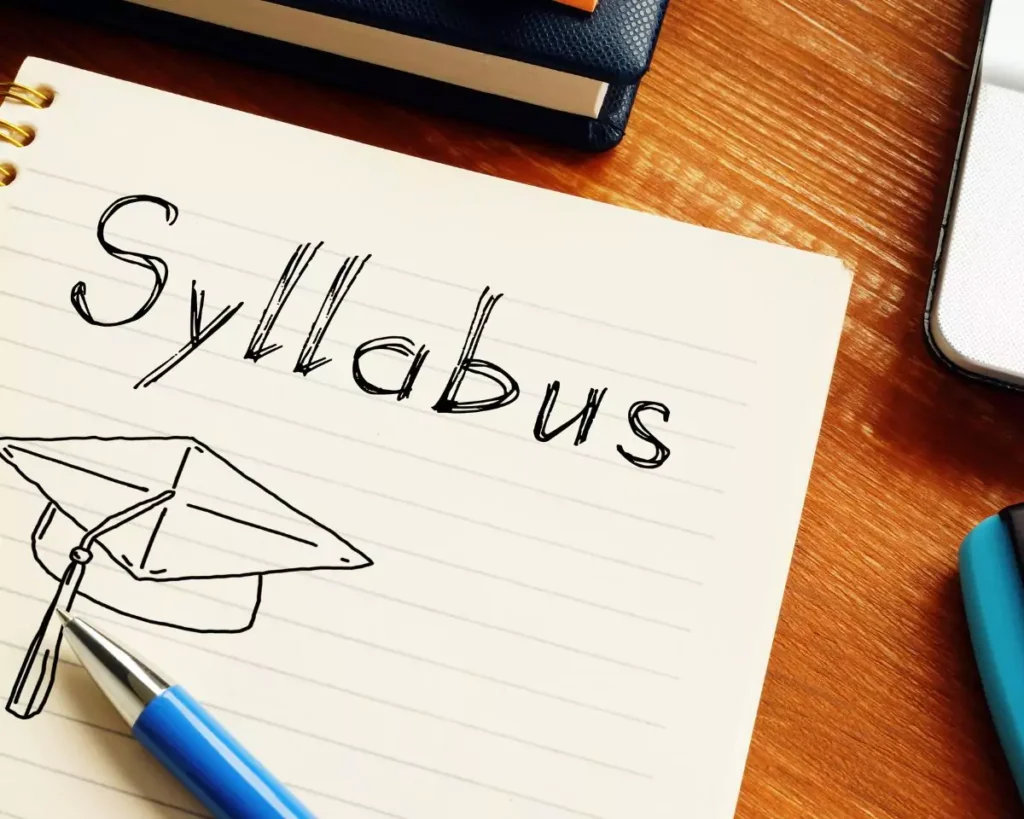
JEE Main Exam Pattern & Syllabus

Kritika Yadav

JEE Main Exam Pattern & Syllabus: JEE (Main) is conducted by the Central Board of Secondary Education (CBSE) for admission to undergraduate engineering programs such as the Bachelor of Engineering (B.E.) and Bachelor of Technology (B.Tech.). JEE Main 2023 is likely to be conducted twice this year instead of four times, according to reports.
Here’s a look at the JEE Main exam pattern and syllabus:
JEE Main Exam Pattern
The 2022 JEE main exam pattern consists of two papers, Paper 1 and Paper 2. Candidates may take Paper 1, Paper 2 or both depending on the courses the candidates will apply to. Both the papers would be of 3 hours duration each.
Here are the subjects covered in the papers, the type and mode of questions, and the courses for which each paper has to be taken.
- If you’re applying for B.E. or B.Tech. courses, you should appear for Paper 1 of JEE Main.
- If you’re applying for B.Arch or B.Planning courses, you should appear for Paper 2 of JEE Main.
| Particulars | B.Tech | B.Arch | B.Planning |
| Total Number of Questions | 90 Questions | 82 Questions | 105 Questions |
| Total Marks | 300 Marks | 400 Marks | 400 Marks |
| Sections | Physics, Chemistry and Mathematics | Mathematics, Aptitude and Drawing | Mathematics, Aptitude and Planning |
| Number of Questions | 30 Objective Type – Multiple Choice Questions (MCQs) + 10 Questions with answer as numerical value, with equal weightage to Mathematics, Physics & Chemistry Candidates will have to attempt only 5 questions out of 10 numerical value questions. | Mathematics-30 Objective Type – Multiple Choice Questions (MCQs) & 10 Questions for which answer is a numerical value. Candidates have to attempt 5 out of 10 questions with numerical value answer Aptitude- 50 MCQs Drawing- 2 questions | Mathematics- 20 Objective Type – Multiple Choice Questions (MCQs) & 10 Questions for which answer is a numerical value Candidates have to attempt 5 out of 10 questions with numerical value answer Aptitude Test – 50 Objective Type – Multiple Choice Questions (MCQs) Planning Based Questions -25 Objective Type – Multiple Choice Questions (MCQs) |
| Number of Marks per Section | Physics- 100 Marks Chemistry- 100 Marks Mathematics- 100 Marks | Mathematics- 100 Marks Aptitude- 200 Marks Drawing- 100 Marks | Mathematics- 100 Marks Aptitude- 200 Marks Planning- 100 Marks |
Marking scheme for JEE Main computer based exam
The question paper would have objective type questions with four options as answers to every question. There is only one correct response out of the four options. Each correct answer will be awarded 4 marks. One-fourth marks i.e. 1 mark will be deducted for every incorrect answer to a question. If a question if left unanswered, no marks will be deducted.
The number of attempts for JEE Main is limited to 03
JEE Main Exam Pattern: Language of question paper
- You can opt for your question paper in either Hindi or English medium.
- Candidates opting for exam centres in Gujarat, Daman & Diu, Dadra & Nagar Haveli have the option for question papers in Gujarati medium as well apart from Hindi & English.
- You must choose the question paper’s language while filling out the JEE Main application form.
Read: About JEE Main 2023
JEE Main syllabus 2023
The JEE (Main) syllabus has been listed in detail with topics that need to be covered in Mathematics, Physics, Chemistry. The syllabus for the Aptitude Test (of Paper 2 for B.Arch/ B.Planning courses) has also been listed in detail. Please refer to the table below:
| Subjects | Topics |
| Mathematics | Complex numbers and quadratic equations Matrices and determinants Sets, relations and functions Mathematical induction Permutations and combinations Mathematical reasoning Limit, continuity and differentiability Integral calculus Three-dimensional geometry Differential equations Binomial theorem and its simple applications Sequence and Series Vector algebra Statistics and probability Trigonometry Coordinate geometry |
| Physics | Section A Physics and measurement Rotational motion Thermodynamics Kinematics Work, energy and power Properties of solids and liquids Gravitation Laws of motion Oscillations and waves Electronic devices Kinetic theory of gases Current electricity Communication systems Electromagnetic induction and alternating currents Magnetic effects of current and magnetism Optics Electromagnetic waves Atoms and nuclei Electrostatics Dual nature of matter and radiation Section B Experimental Skills |
| Chemistry | Physical Chemistry Some basic concepts in chemistry States of matter Atomic structure Chemical bonding and molecular structure Chemical thermodynamics Solutions Equilibrium Redox reactions and electrochemistry Chemical kinetics Surface chemistry Organic Chemistry Purification and characterisation of organic compounds Hydrocarbons Chemistry in everyday life Principles related to practical chemistry Organic compounds containing halogens Organic compounds containing oxygen Organic compounds containing nitrogen Polymers Some basic principles of organic chemistry Biomolecules Inorganic Chemistry Classification of elements and periodicity in properties Hydrogen Block elements (alkali and alkaline earth metals) P Block elements group 13 to group 18 elements d- and f – block elements Coordination compounds Environmental chemistry General principles and processes of isolation of metals |
JEE Main Syllabus 2023 for Paper 2 Aptitude Test (B.Arch/B.Planning)
| Part I | Awareness of persons, places, Buildings, Materials. Objects, Texture related to Architecture and build—environment. Visualising three-dimensional objects from two-dimensional drawings. Visualising. different sides of three-dimensional objects. Analytical Reasoning Mental Ability (Visual, Numerical and Verbal). |
| Part II | Three dimensional – perception: Understanding and appreciation of scale and proportion of objects, building forms and elements, colour texture, harmony and contrast. Design and drawing of geometrical or abstract shapes and patterns in pencil. Transformation forms both 2 D and 3 D union, subtraction, rotation, development of surfaces and volumes, Generation of Plan, elevations and 3 D views of objects. Creating two dimensional and three dimensional compositions using given shapes and forms. Sketching of scenes and activities from memory of urbanscape (public space, market, festivals, street scenes, monuments, recreational spaces, ect.), landscape (river fronts, jungles, trees, plants, etc.) and rural life. |
| Part III (Planning) | General Awareness regarding development issues, government programs/schemes etc., Comprehension, critical thinking and analytical skills, graphs, charts and map reading skills, simple statistics, CBSE class X Social Sciences topics. |
Related Links
Latest News
People Reading Now

CBSE Compartment Result 2023 OUT: Click For Direct Link



CSAB 2023: Special Round Registration Begins Today

